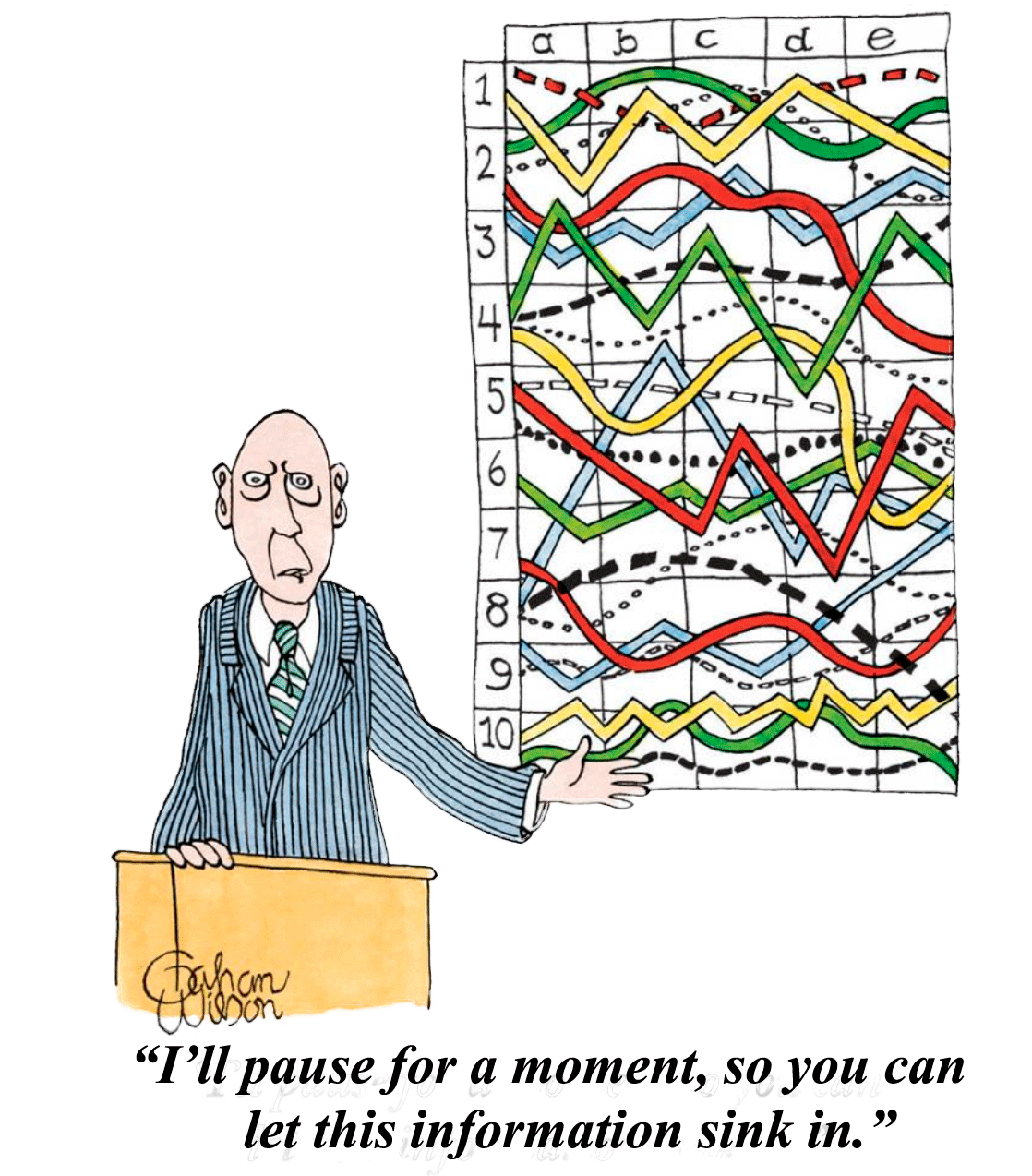
Experimental design is the application of the branch of mathematics known as statistics to biological research. Statistics is the collection, processing, interpretation and presentation of numerical information. At the core, all branches of statistics are based on the same theoretical foundation, whether they are applied to economics, engineering, sociology, or biology .However, different emphases are given to the types of problems addressed in each of the branches. In experimental design, the concepts of statistical testing are considered in appropriately investigating observations and testing hypotheses. In a statistics class, you will have learned about the mechanics of statististical testing and basic interpretation of their results. In this class, you learn how to a priori consider the development of hypotheses and how to decide on the appropriate protocols to test them In biology, we seek to understand biological systems. Statistics is one of the tools used to process data collected from our experiments or studies, but these tests are not the experiment itself.
In this class, we will emphasize experimental designs that are of greatest interest and applicability to biological researchers. Generally, statistics books tend to consist of "recipes" for data analysis, but don't provide students with sufficient background to learn new techniques (or to know when a specific technique may not be usable with a certain set of data!). Because statistics is a dynamic field, changing very rapidly as our thirst for information increases and computers become more powerful, it is in your best interest to understand the fundamentals, so that you can continue to learn and apply new techniques as they are developed.
All of the problems we will work will be biologically oriented. I have gone to great pains (OW! OW! OW!) to include examples from as wide a range of biological disciplines as possible. The lectures and class demonstrations will consist primarily of applied material, and most of the theoretical background will be presented in class. For this reason, it is very important that you attend the lectures. The web page readings will aid in review, but they will necessarily not cover all that we go over in class. In class, we will also work on problems similar to those assigned for the homeworks, but we will not work the assigned problems. All homework assignments will be posted on the course web site.
The course web site (Experimental Design for the Natural Sciences) has the links to class resources (readings, other readings, class schedule, homework assignments, etc.).
The Hyperstat Online web site (davidmlane.com/hyperstat/) which has more readings and information.
The StatCrunch web site (www.statcrunch.com/) to solve homework problems.
Your textbook. Yes, you should buy it and, more importantly, read it.
